Dog & Cat Dentistry
The number one health problem diagnosed in cats and dogs over 4 years of age is periodontal disease. Pet dental disease can be painful and may lead to serious liver, kidney, and heart disease. We provide an extensive and progressive dental care program for your pets. Under general pet anesthesia, ultrasonic scaling is performed above and below the gum line, followed by a thorough polishing and probing of dentition. Our digital pet dental radiography system allows our doctors to detect the pathology beneath the gum line. Pet dental extractions and bonding are performed by our advanced pet dental trained veterinarians. At Animal Medical Center, your pet’s safety is our first concern. All pet patients will receive a thorough examination and pre-operative blood work prior to your pet’s prophylactic dental cleaning. If abnormalities are detected, your doctor will contact you. On the day of your pet’s dental appointment, please make sure you’re available by telephone.
Watch
Helpful Articles
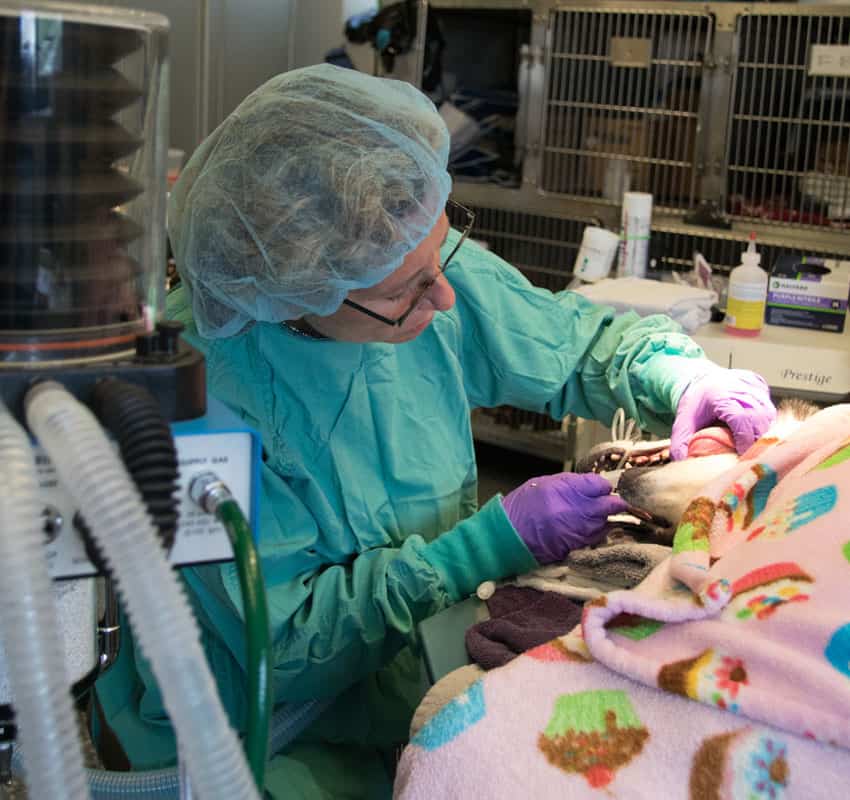

Dog & Cat Dentistry
The number one health problem diagnosed in cats and dogs over 4 years of age is periodontal disease. Pet dental disease can be painful and may lead to serious liver, kidney, and heart disease. We provide an extensive and progressive pet dental care program for your pets. Under general pet anesthesia, ultrasonic scaling is performed above and below the gum line, followed by a thorough polishing and probing of dentition. Our digital pet dental radiography system allows our doctors to detect the pathology beneath the gum line. Pet dental extractions and bonding are performed by our advanced pet dental trained veterinarians. At Animal Medical Center, your pet’s safety is our first concern. All pet patients will receive a thorough examination and pre-operative blood work prior to your pet’s prophylactic dental cleaning. If abnormalities are detected, your doctor will contact you. On the day of your pet’s dental appointment, please make sure you’re available by telephone.
Watch
Helpful Articles
Your Pet's Dental Day
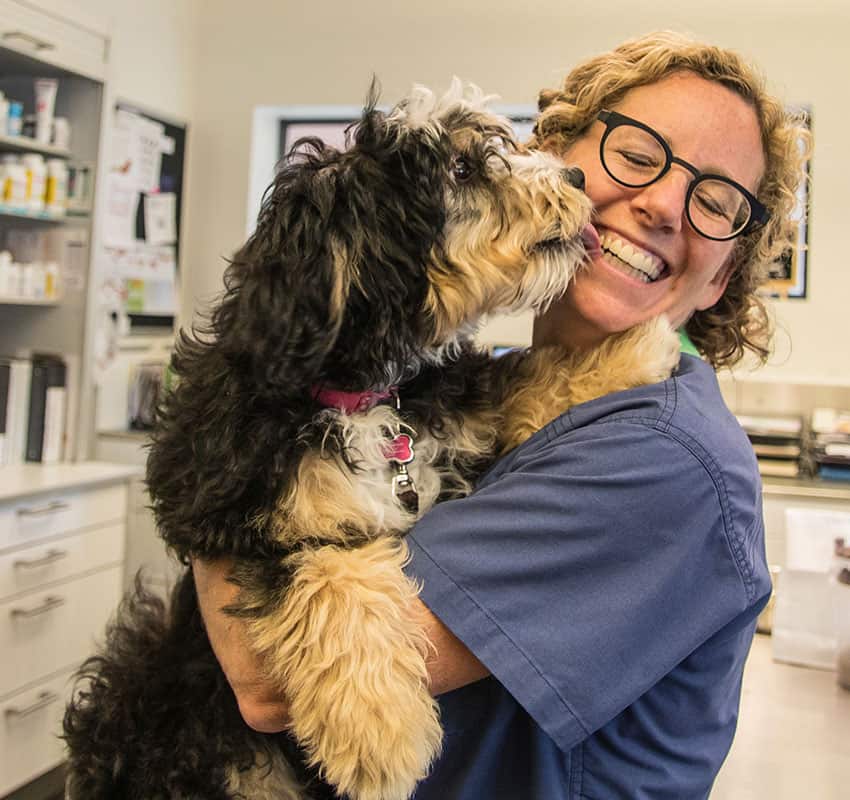
An Introduction
At Animal Medical Center, your pet’s safety is our first concern and your pet’s dental day is an important event. All patients will receive a thorough dental examination and pre-operative blood work prior to your pet’s teeth cleaning. If abnormalities are detected, your doctor will contact you. On the day of your pet’s dental appointment, please make sure your are available by telephone.
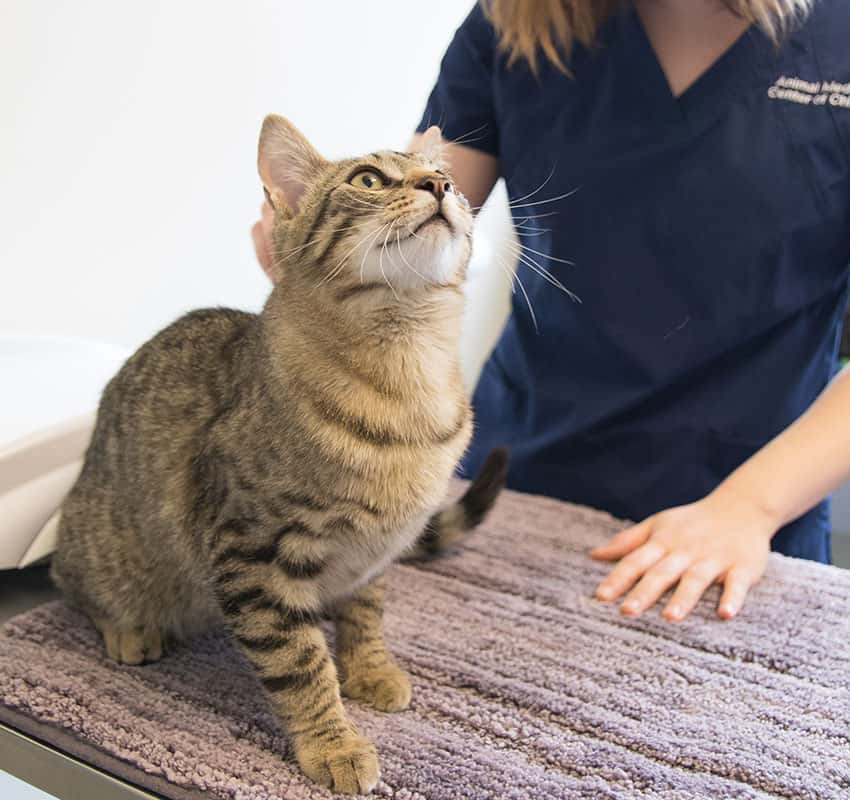
Peace of Mind
We assure you that each pet receives tender care during their hospitalized stay at Animal Medical Center. All of our pet patients are treated as individuals, which means each pet’s treatment protocol has been personally tailored to each pet’s needs. Cats are not just small dogs. Cat teeth cleaning is specific to the cat. Big dogs do not necessarily need twice as much anesthetic drug as small dogs. Dog teeth cleaning is specific to the dog. Our standards of care are high and we believe that you have made the right decision in allowing us to care for your pet.
Peace of Mind
We assure you that each pet receives tender care during their hospitalized stay at Animal Medical Center. All of our pet patients are treated as individuals, which means each pet’s treatment protocol has been personally tailored to each pet’s needs. Cats are not just small dogs. Cat teeth cleaning is specific to the cat. Big dogs do not necessarily need twice as much anesthetic drug as small dogs. Dog teeth cleaning is specific to the dog. Our standards of care are high and we believe that you have made the right decision in allowing us to care for your pet.

Experience the difference… schedule your appointment today!
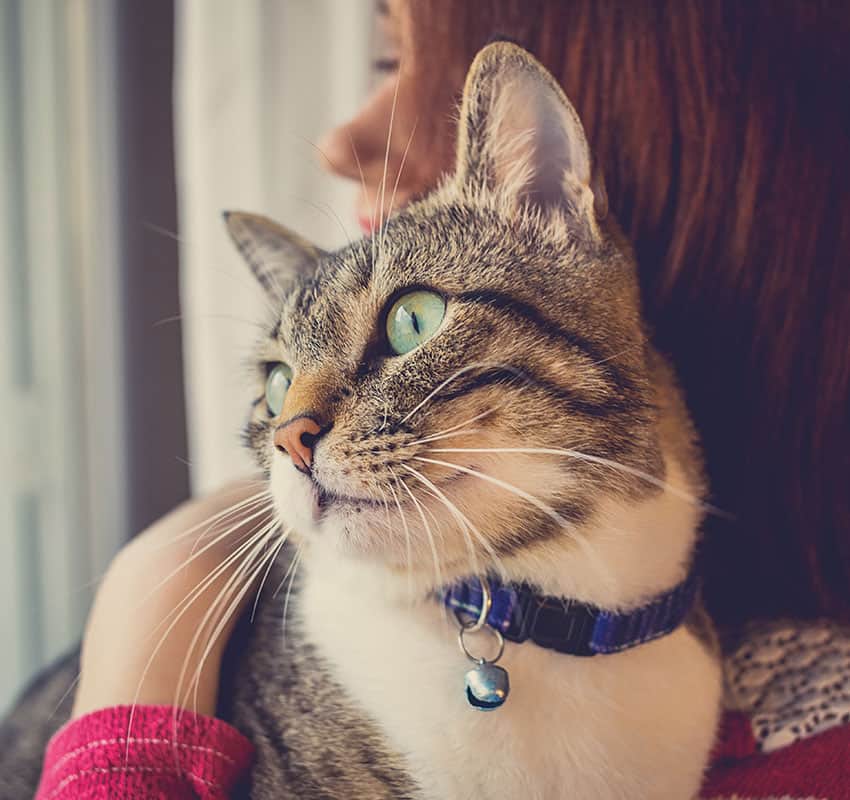
The Pet Oral Examination
After your pet’s teeth are cleaned, the doctor will perform a complete oral examination, which includes inspection and evaluation of each tooth and surrounding gum tissue. During this comprehensive examination, your doctor may detect fractured teeth, cervical line lesions (erosions in the enamel), gingival masses, loose teeth or other serious dental issues. A pet dental radiograph (x-ray) may be needed to evaluate the tooth root below the gum line.
The Pet Oral Examination
After the pet’s teeth are cleaned, the doctor will perform a complete oral examination, which includes inspection and evaluation of each tooth and surrounding gum tissue. During this comprehensive examination, your doctor may detect fractured teeth, cervical line lesions (erosions in the enamel), gingival masses, loose teeth or other serious dental issues. A pet dental radiograph (x-ray) may be needed to evaluate the tooth root below the gum line.

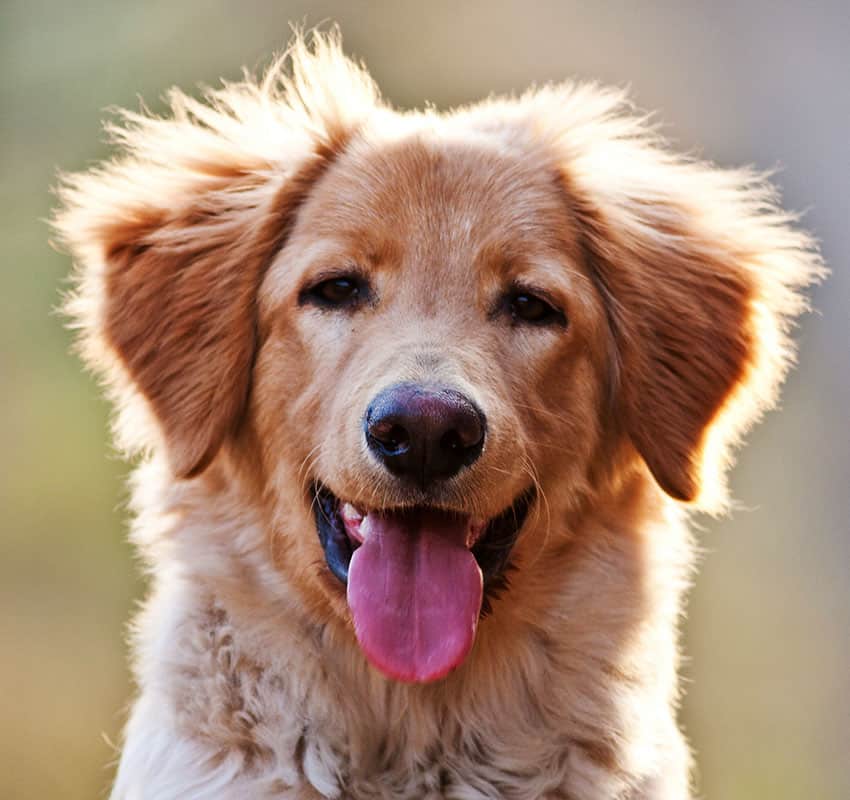
Price of Dog & Cat Prophylactic Cleaning and Polishing
A routine pet dental visit at Animal Medical Center includes placement of an IV catheter, peri-operative pain medication, general anesthesia, monitoring, dental cleaning, polishing, fluoride treatment and pet oral examination by your doctor. An estimate for your pet’s dental care will be provided to you in advance of the procedure.
Pet Dental Extractions and Additional Services
The pet dental exam may reveal a need for dental radiographs, periodontal treatment or extractions. At Animal Medical Center, each extracted tooth is surgically removed by your veterinarian. The oral surgery begins with a nerve block to desensitize the area. Then, a gingival flap is made: two small gum tissue incisions are made to expose the tooth’s roots. Using a high speed dental drill, the roots are sectioned into individual pieces. With a hand held dental elevator, each root is removed. The incision is closed with dissolvable sutures. Your doctor or certified veterinary technician will call you during the procedure if any dental extraction(s) or additional services are needed.
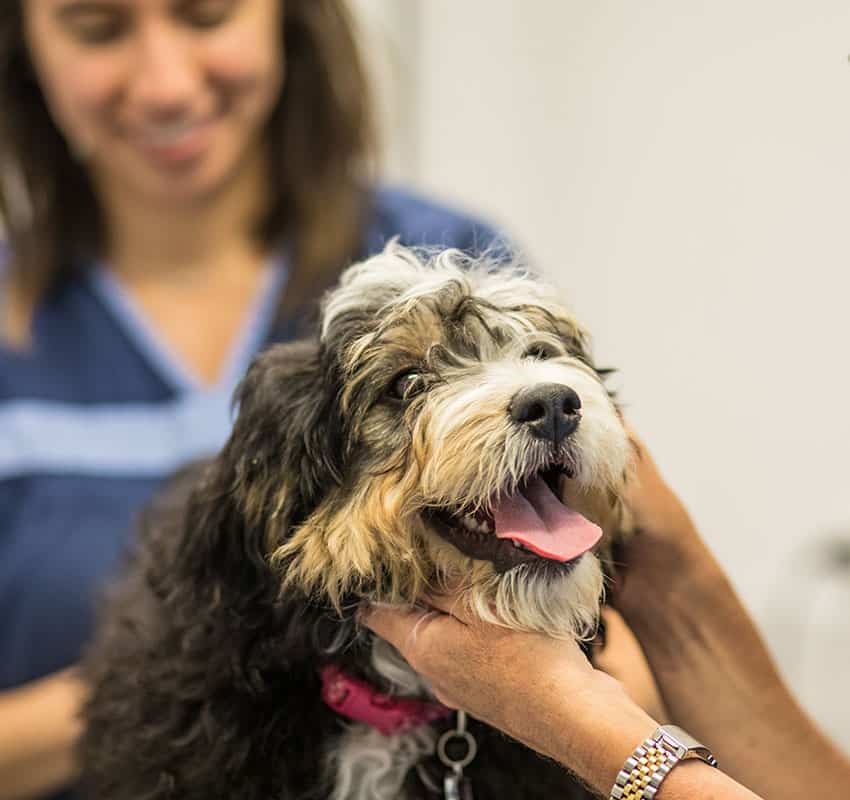

Pet Dental Extractions and Additional Services
The pet dental exam may reveal a need for dental radiographs, periodontal treatment or extractions. At Animal Medical Center, each extracted tooth is surgically removed by your veterinarian. The oral surgery begins with a nerve block to desensitize the area. Then, a gingival flap is made: two small gum tissue incisions are made to expose the tooth’s roots. Using a high speed dental drill, the roots are sectioned into individual pieces. With a hand held dental elevator, each root is removed. The incision is closed with dissolvable sutures. Your doctor or certified veterinary technician will call you during the procedure if any dental extraction(s) or additional services are needed.
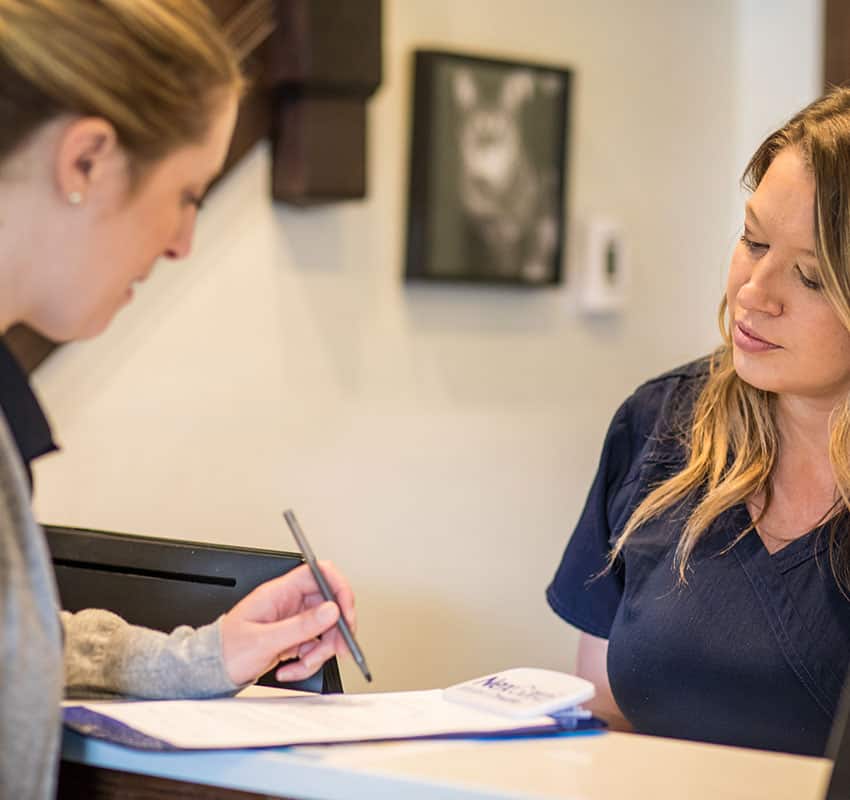
Pet Pain Medication and Antibiotics
At Animal Medical Center we take the comfort of our pet patients very seriously. Pet tooth extractions and other surgical procedures are often painful for pets. We include Bupivicaine nerve blocks in all our pet patients requiring extractions to prevent him/her from experiencing pain upon waking. In certain cases, we may apply a pain patch (Duragesic Patch) to the skin to provide 3-5 days of pain relief. In many cases, we dispense oral pain relief medication for your pet. It is never acceptable for a dog or cat patient to be in pain. Cost of post-operative pain medication and antibiotics will vary greatly depending on your pet’s weight and prescribed antibiotic. At your request, we will provide the actual cost for these charges prior to dispensing them.
Pet Hospital Updates
We will call you at the end of the pet’s dental procedure to provide you with details of the dental procedure. During your pet’s hospitalization, please do not hesitate to call the dental technician for an update.
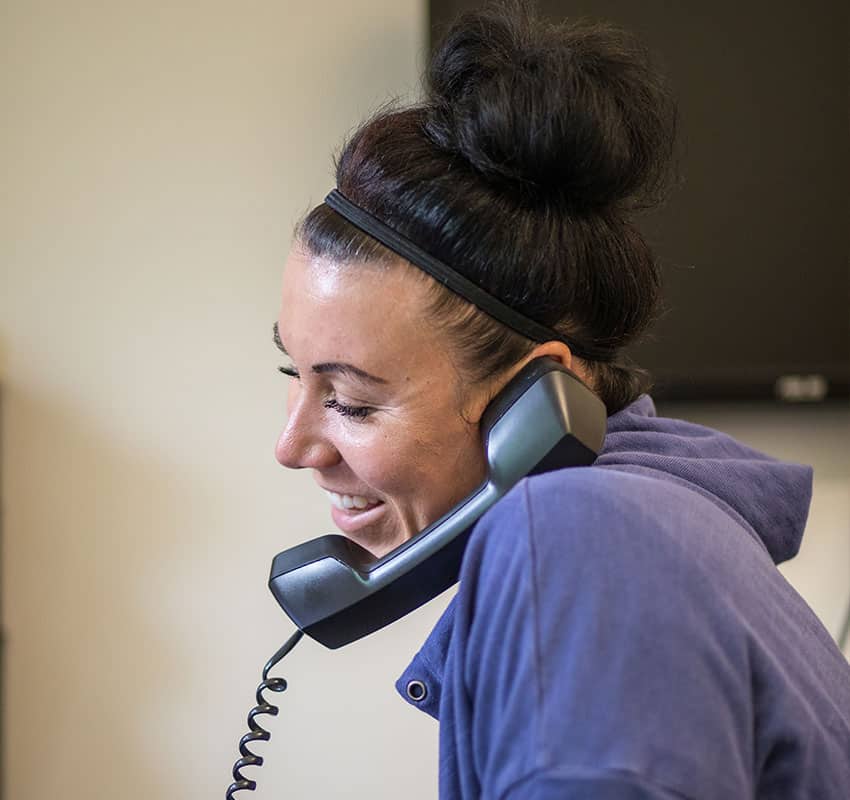

Pet Hospital Updates
We will call you at the end of the pet’s dental procedure to provide you with details of the dental procedure. During your pet’s hospitalization, please do not hesitate to call the dental technician for an update.
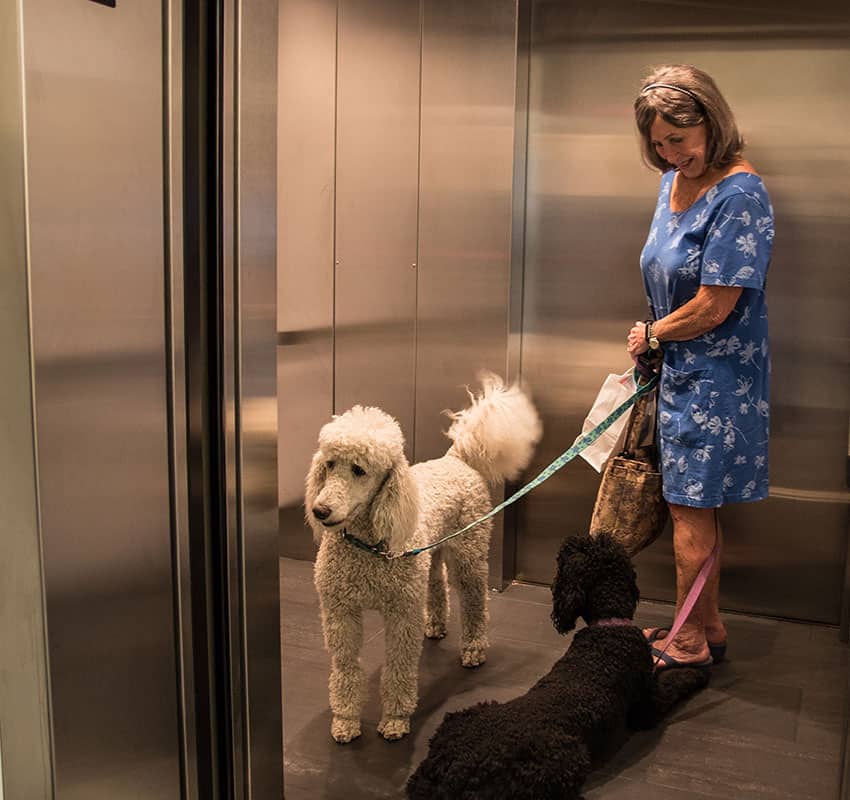
Pet Visit Discharge
Most pet patients are discharged between 5 PM and 7:30 PM. Your discharge consultation will be with either a certified veterinary technician or your doctor to review the discharge instructions and answer any questions you may have.
Follow-up Care
One to two weeks after your pet’s oral surgery day, we routinely schedule a follow-up appointment at no charge. This visit allows the doctor to evaluate your pet’s healing process and ensure that everything is going well.
How To Brush Your Pet's Teeth
During this visit we will review with you home pet dental care: brushing your cat or dog’s teeth, tarter control diets and enzymatic gels to reduce plaque and bacteria. Watch the video “Training your pet to love having their teeth cleaned“
Follow-up Care
One to two weeks after your pet’s oral surgery day, we routinely schedule a follow-up appointment at no charge. This visit allows the doctor to evaluate your pet’s healing process and ensure that everything is going well.
How To Brush Your Pet's Teeth
During this visit we will review with you home pet dental care: brushing your cat or dog’s teeth, tarter control diets and enzymatic gels to reduce plaque and bacteria. Watch the video “Training your pet to love having their teeth cleaned“
